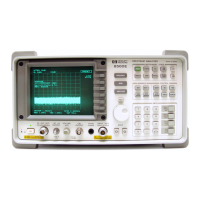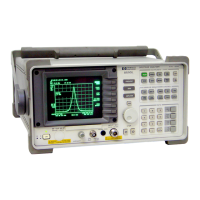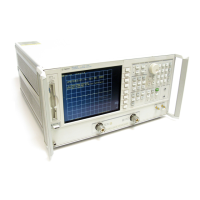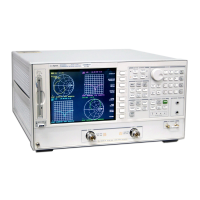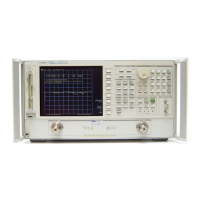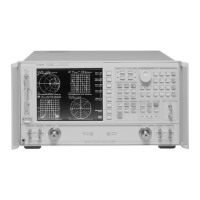What do I need for proper cleaning? Cleaning Instructions
Agilent 8163A/B, 8164A/B & 8166A/B Mainframes, Sixth Edition 429
An ultrasonic bath will gently remove fat and other stubborn dirt from your
optical devices. This helps increase the life span of the optical devices.
Only use isopropyl alcohol in your ultrasonic bath, as other solvents may
damage.
Warm water and liquid soap
Only use water if you are sure that there is no other way of cleaning your
optical device without corrosion or damage. Do not use hot water, as this
may cause mechanical stress, which can damage your optical device.
Ensure that your liquid soap has no abrasive properties or perfume in it.
You should also avoid normal washing-up liquid, as it can cover your device
in an iridescent film after it has been air-dried.
Some lenses and mirrors also have a special coating, which may be
sensitive to mechanical stress, or to fat and liquids. For this reason we
recommend you do not touch them.
If you are not sure how sensitive your device is to cleaning, please contact
the manufacturer or your sales distributor.
Premoistened cleaning wipes
Use pre-moistened cleaning wipes as described in each individual cleaning
procedure. Cleaning wipes may be used in every instance where a
moistened soft tissue or cotton swab is applied.
Polymer film
Polymer film is available from laboratory suppliers or specialist mail order
companies.
Using polymer film is a gentle method of cleaning extremely sensitive
devices, such as reference reflectors and mirrors.
Infrared Sensor Card
Infrared sensor cards are available from laboratory suppliers or specialist
mail order companies.
With this card you are able to control the shape of laser light emitted. The
invisible laser beam is projected onto the sensor card, then becomes
visible to the normal eye as a round spot.
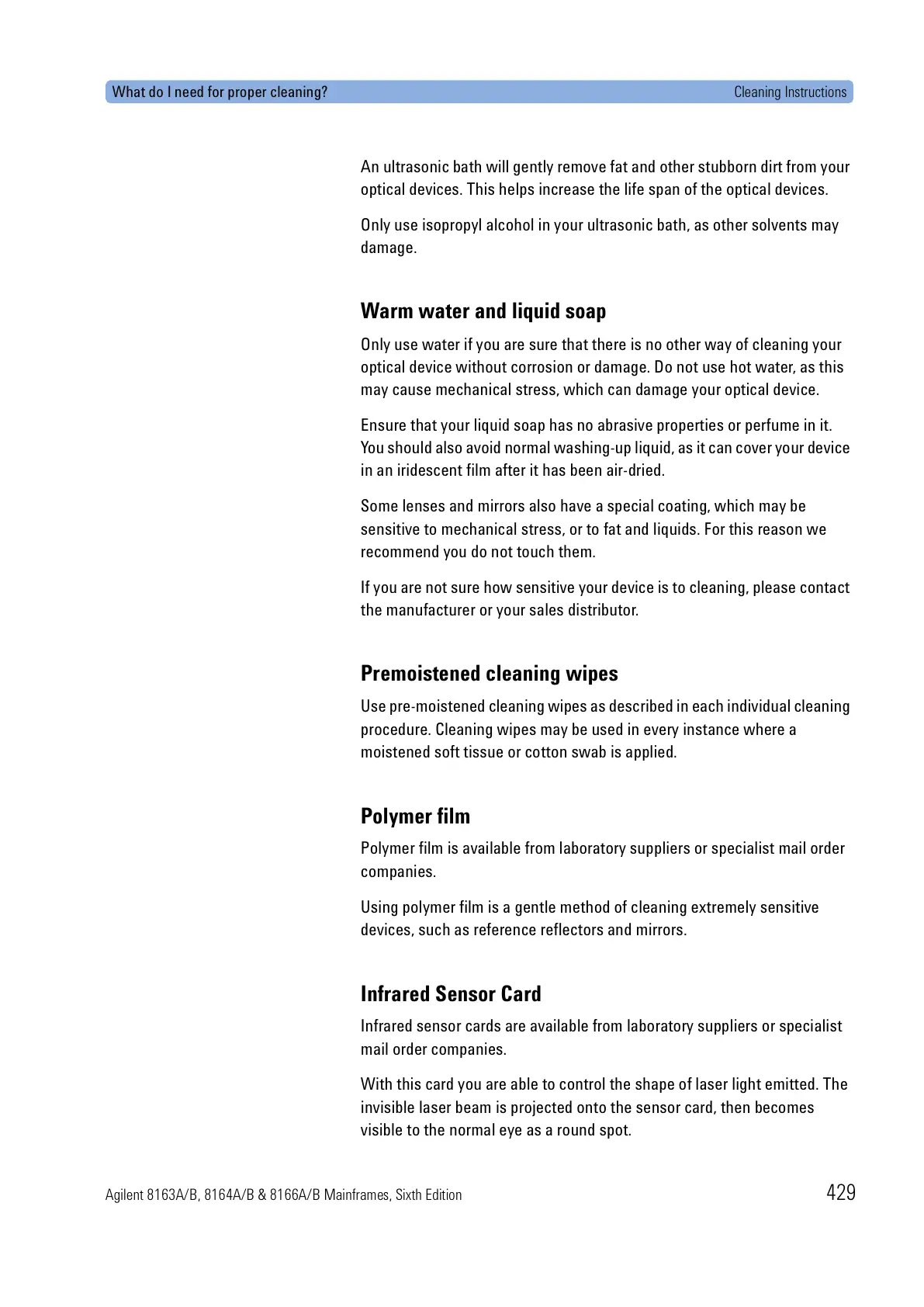